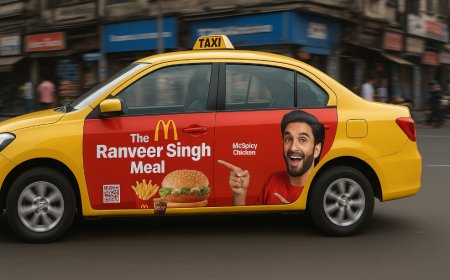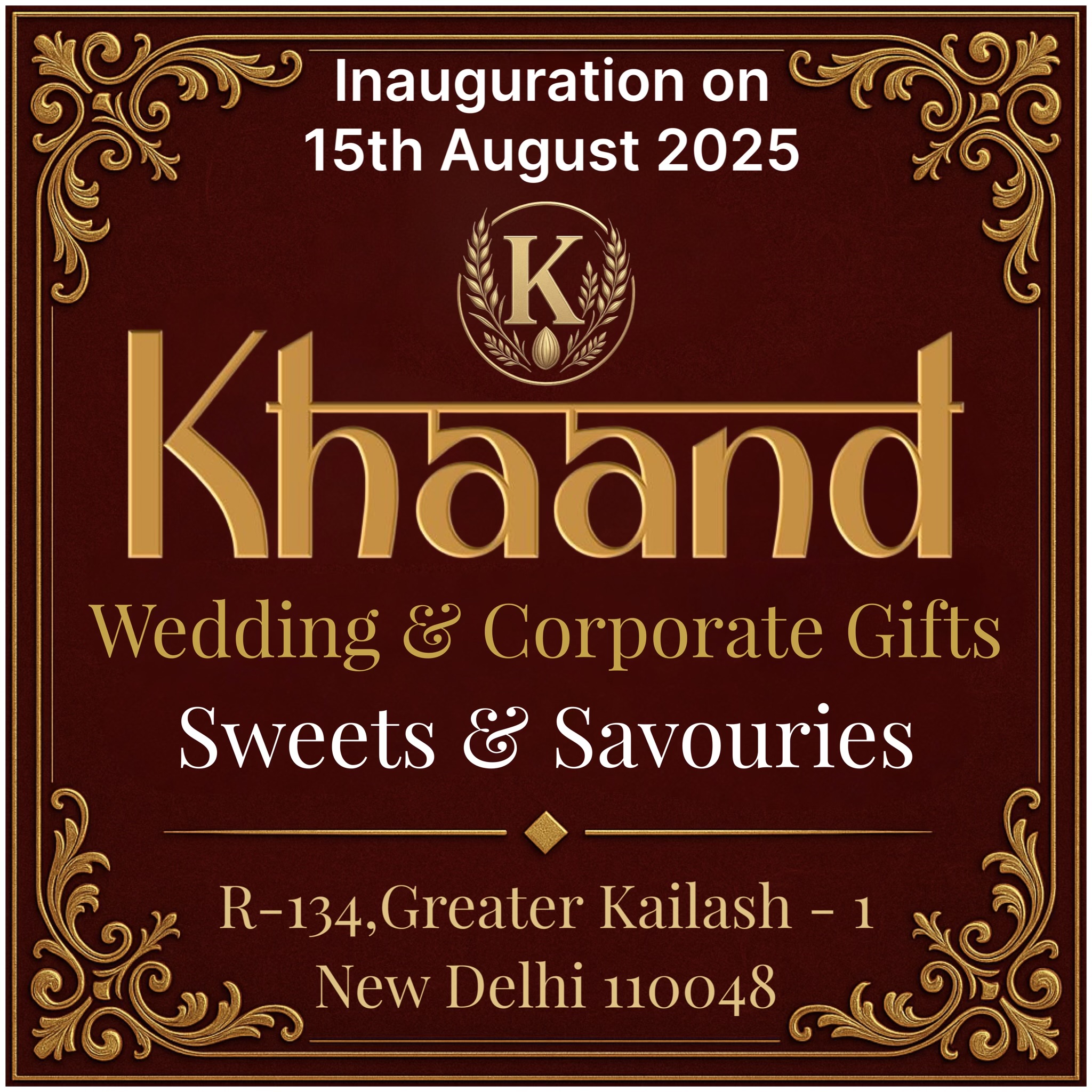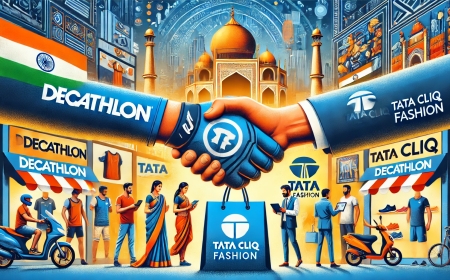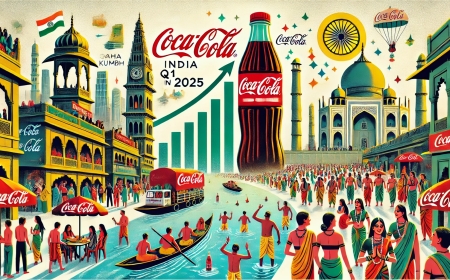Why Brand Salience is the Key Ingredient in the Chocolate Industry: Insights from Gopichandar Jagatheesan
In the competitive chocolate market, brand salience plays a crucial role in consumer choice. Gopichandar Jagatheesan explains why being top-of-mind matters most.

Introduction: The Sweet Battle for Consumer Attention
Walk down any supermarket aisle, and you’ll witness an explosion of chocolate choices — from international giants to homegrown artisanal brands. But what makes a consumer reach out for one chocolate bar over another? According to Gopichandar Jagatheesan, an industry veteran in the fast-moving consumer goods (FMCG) sector, brand salience is the decisive factor.
In today’s saturated market, where flavor, price, and packaging often intersect, Jagatheesan emphasizes that it’s the ability of a brand to be top-of-mind at the moment of purchase that truly drives success. Let’s explore his perspective on why brand salience matters more than ever and how it shapes the competitive chocolate landscape.
Understanding Brand Salience: More Than Just Recognition
Brand salience refers to the likelihood of a brand being noticed or thought of during a buying situation. In simpler terms, it’s not just about whether consumers know your brand exists — it’s about whether they think of your brand first when they have a craving.
According to Jagatheesan, in impulse-driven categories like chocolates, decisions are often made in a matter of seconds. In such moments, it is not always the best product or the cheapest that wins — it's the most salient brand that gets picked. That means brands must embed themselves in the consumer's mental shortlist through consistent presence, storytelling, and emotional engagement.
The Chocolate Space: Emotion Meets Indulgence
Chocolate isn’t just food. For many, it’s an emotion — associated with love, celebration, comfort, or even nostalgia. This emotional connection gives chocolate marketers a rich terrain to operate in. But it also means that every brand is competing not just for shelf space, but for mind space.
Jagatheesan highlights that in such emotionally charged categories, brands that create deeper memories and consistent impressions win the loyalty game. Whether it’s the jingle of an ad, the gold foil of a wrapper, or the recall of a past gifting moment — these elements build salience.
From Taste to Timing: Why Brand Salience Trumps Product Superiority
While product quality remains crucial, Jagatheesan suggests that it’s often not enough to guarantee preference. "You could have the best-tasting chocolate in the world," he says, "but if your brand isn’t immediately thought of when the consumer feels like indulging, you’ll miss the sale."
This insight explains why legacy brands continue to dominate the market, even when newer brands introduce innovative offerings. Legacy brands have years of invested marketing behind them — creating familiarity, rituals, and expectations that are hard to disrupt.
The Role of Consistency in Building Salience
Jagatheesan insists that salience doesn’t happen overnight. It’s the result of consistent, long-term brand building. Successful chocolate brands are those that have kept their core identity intact while adapting to trends.
Take iconic chocolate brands that have run decades-long campaigns or stuck to memorable packaging — these elements work like silent ambassadors, reinforcing the brand in the minds of consumers. “Even if a consumer doesn’t buy it today, the familiarity stays,” notes Jagatheesan.
He also stresses the importance of omni-channel visibility. Whether it's a TV spot, a banner on a delivery app, or a kiosk at an airport, the brand must be visible at every touchpoint that aligns with the buying journey.
Price Wars vs. Mental Availability: What Really Matters
In price-sensitive markets like India, it's tempting for brands to rely heavily on discounts and offers. However, Jagatheesan warns that price is only a short-term lever. Once the promotion ends, consumers can just as easily switch to another brand offering a better deal.
What remains sustainable is mental availability — when the brand is deeply embedded in the consumer’s purchase memory. This is why brands should prioritize consistent messaging, emotion-led storytelling, and consumer engagement rather than racing to the bottom with discounts.
Premiumization and Brand Salience: The Perfect Pairing
Interestingly, Jagatheesan notes that premium chocolate brands also depend heavily on salience, though the cues are different. In the premium segment, associations with luxury, indulgence, and gifting are stronger. Here, packaging aesthetics, influencer collaborations, and curated experiences play a larger role in brand recall.
Whether it’s a mass-market brand or a luxury bar, the principle remains: If they don’t think of you first, they won’t buy you.
Digital Evolution: How Online Behavior Shapes Salience
With e-commerce and quick-commerce reshaping how chocolates are bought, brands must adapt their salience strategies to digital behaviors. Jagatheesan emphasizes that digital shelf presence is as critical as physical visibility.
Optimizing search keywords, using high-impact visuals, leveraging influencer content, and investing in performance marketing are all part of building salience in the digital-first world.
He also adds that social proof — like ratings and reviews — also contributes to mental availability, particularly when consumers are discovering or rediscovering a brand online.
The Future of Chocolate Branding: Salience in a Fragmented Market
The chocolate category is evolving rapidly, with health-conscious, vegan, organic, and ethically sourced chocolates entering the fray. While these niche attributes are important, Jagatheesan believes they must be layered on top of strong brand salience.
In a fragmented market where every player claims innovation, the brand that stays in the consumer's subconscious will ultimately win. Salience acts as the bridge between awareness and choice — and without it, even the best product may never get picked.
Key Takeaways for Marketers: What Brands Should Do Now
To conclude, Jagatheesan offers a roadmap for chocolate marketers aiming to build or strengthen brand salience:
-
Invest in Consistency – Keep messaging, packaging, and positioning uniform across time and channels.
-
Harness Emotions – Leverage the emotional triggers associated with chocolates: joy, celebration, comfort, reward.
-
Be Everywhere – Maximize touchpoints, from traditional media to retail placements and digital platforms.
-
Own Occasions – Link your brand with key consumption moments: birthdays, festivals, break-times, and gifting.
-
Create Rituals – Encourage repeatable behaviors and habits that integrate the brand into daily life.
Conclusion: Salience is the Silent Salesman
Gopichandar Jagatheesan’s insights serve as a reminder that in the world of chocolates — where indulgence meets impulse — being remembered is more powerful than being discovered. Brand salience is the invisible force that pulls consumers toward a product before they even realize they’ve made the choice.
What's Your Reaction?
 Like
0
Like
0
 Dislike
0
Dislike
0
 Love
0
Love
0
 Funny
0
Funny
0
 Angry
0
Angry
0
 Sad
0
Sad
0
 Wow
0
Wow
0












































